All-Comers Meets: A Summer Tradition
Since 1957, Eugene’s All-Comers track meets have welcomed athletes of all ages and abilities to test their strength and stamina. Children, collegiate competitors, and community members stood side by side on the starting line, chasing personal bests and, at times, world records. Founded under the Emerald Empire Athletic Association—later known as the Oregon Track Club—the meets were shaped by figures such as Bill and Barbara Bowerman, Bob and Carolyn Newland, Tom Ragsdale, and Bud Robertson.
A 1962 program memo described the spirit and purpose of the events:
“All-comer meets furnished an opportunity for varsity athletes—high school and college—to work on their events without the pressures of seasonal competition.”
“The meets also served as a recreational outlet for the past-school athletes and the prior non-athlete.”
“And possibly most important of all, it provided an opportunity for competition of young boys and girls under professional tutelage. The rewards with the age group of 4 to 14 have been gratifying over the years we have watched them develop.”
Register Guard, August 4, 1963
2½-year-old Kenny Andrieu runs a lap at Hayward Field during an Oregon Track Club All-Comers meet in 1973. Photo by Paul Petersen, Eugene Register-Guard
This commitment to inclusive, community-based competition endured. As one Register-Guard article noted, “If two athletes ask for an event, it will be conducted. One weekend, 132 separate events were run-off during the two-day meet.” In a 1978 interview, Oregon Track Club President and UO Olympian Wade Bell captured the inclusive nature of the meets: “We run everyone from one to 13 years old on Thursday nights and everyone from 14 to 100 on Friday nights,” Bell said. “If someone was 101, I’d let ‘em run.”
The All-Comers meets also became a testing ground for innovation. On May 29, 1962, a new photo-timer was tested in preparation for the 1962 NCAA Championships:
“A new photo-timer will provide a printed finish photo within minutes—before the next race begins. Developed from a surplus 35mm camera and timer, the system was assembled by B.L. Freemesser and George Farquhar from the University’s photo department, along with Herald Osborn of the physics department. Field superintendent Paul Skolaski even built a shed at the finish line to develop the photos on-site. The device offered a low-cost alternative to the $1,000 fee charged by watch manufacturers for similar equipment at the NCAA championships.”
Even decades later, Eugene’s All-Comers meets continued to be a stage for remarkable athletic achievements. As Cathy Henkel wrote in the Register-Guard on July 17, 1982: “Only in Eugene would an ordinary All-Comers meet set the scene for the extraordinary: two world records, an American record, and a University of Oregon school record.” The records included:
Mary Decker Tabb – World record, 10,000m: 31:35.3
Pat Dixon – World master’s age standard, 10,000m: 44:51.0
Marcia McChesney – American age-group record, 2 mile: 14:05.4
Eryn Forbes – UO school record, 10,000m: 33:55.10
The all-comers meets are more than competitions—they are celebrations of community, innovation, and the boundless possibilities of human performance. This season’s last meets will be held August 6 and 7 at Hayward Field.


